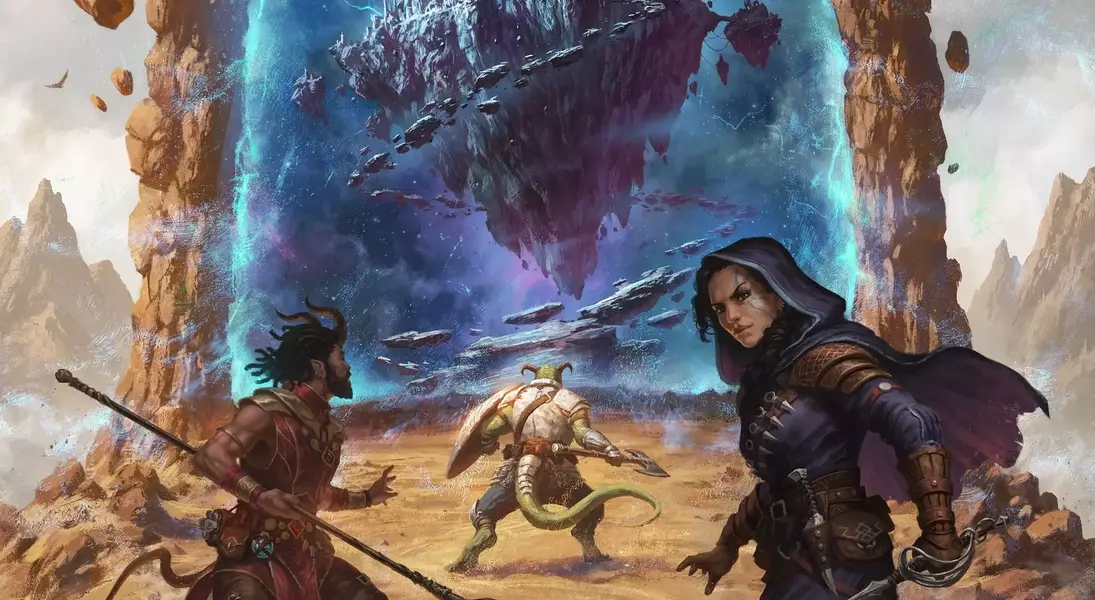






Recent Dungeons & Dragons releases, particularly those within the Forgotten Realms series, reveal a clear shift in game design. This new direction appears to prioritize accessibility and ease of play, a move that has sparked debate among long-time enthusiasts regarding its impact on the core D&D experience. The author's journey through these new materials, including adventure modules and core rulebooks, highlights a growing concern that the game is leaning towards an overly simplified and guided approach, potentially sacrificing depth for broader appeal.
A significant point of contention arises from the perceived “handholding” encouraged by the new design, as evidenced in modules like “Vecna: Eve of Ruin” and the “Tomb of Wayward Souls.” These publications suggest that Dungeon Masters (DMs) should guide players through complex puzzles and challenges, a departure from the traditional emphasis on player agency and problem-solving. This sentiment extends to the concept of “Epic Destinies” in “Adventures in Faerûn,” where character arcs are pre-determined, undermining the organic storytelling that many D&D players cherish. Furthermore, the format of new adventures, often condensed into one-page encounters, transforms complex narrative journeys into a series of combat sequences, resembling a roguelike video game rather than a rich role-playing experience.
While acknowledging the appeal of a faster, more accessible game for casual play, the author argues that this simplified approach fundamentally misunderstands the essence of D&D. The game, at its heart, thrives on complexity, player choice, and the unpredictable nature of collaborative storytelling. Reducing it to a series of easily surmountable obstacles and pre-scripted narratives risks alienating players who seek a challenging and immersive experience. The concern is that this design philosophy, if it becomes the standard, will dilute the very elements that make Dungeons & Dragons a unique and deeply engaging tabletop role-playing game.
The evolution of game design within Dungeons & Dragons, while aiming for wider appeal and reduced barriers to entry, presents a critical juncture for its future. As D&D continues to adapt, it is imperative to balance accessibility with the preservation of its inherent complexity and depth, ensuring that the spirit of adventure, challenge, and emergent storytelling remains at its core, inspiring creativity and fostering genuinely memorable experiences for all players.
